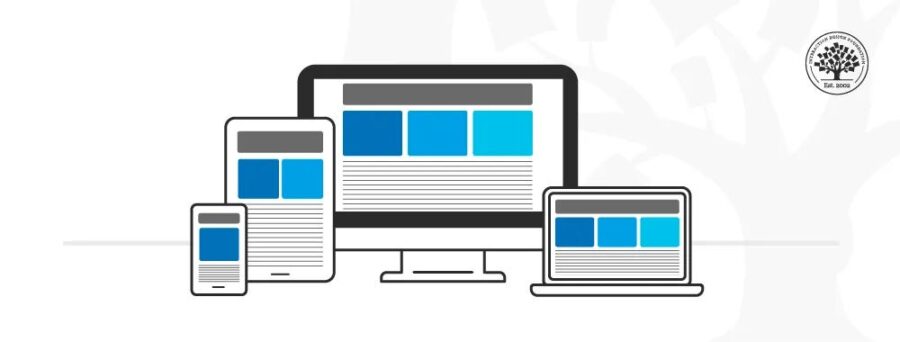Responsive web design is an approach to designing and coding websites that ensures optimal viewing and interaction experiences across a wide range of devices, from desktop computers to tablets and smartphones. The goal is to create a seamless and consistent user experience, regardless of the device’s screen size or orientation.
The prevalence of various devices with different screen sizes has made it crucial for websites to adapt to the diversity of platforms. Responsive web design achieves this by using flexible grids and layouts, images, and CSS media queries. A flexible grid ensures that the layout can adjust proportionally to the screen size, and media queries allow the website to apply different styles based on the device characteristics.
One of the primary advantages of responsive web design is its cost-effectiveness. Rather than creating separate designs for different devices, developers can create a single, responsive design that adapts to various screen sizes. This not only saves time and resources but also ensures that updates and changes only need to be implemented once.
Moreover, responsive design contributes to improved SEO (Search Engine Optimization). Search engines like Google favor mobile-friendly websites, and responsive design is a key factor in meeting this criterion. A responsive site provides a better user experience, reducing bounce rates and increasing the likelihood of higher search engine rankings.
In conclusion, responsive web design is an essential practice in the modern digital landscape. Crafting a website that seamlessly adapts to different devices enhances user satisfaction, promotes cost efficiency, and boosts search engine rankings.


